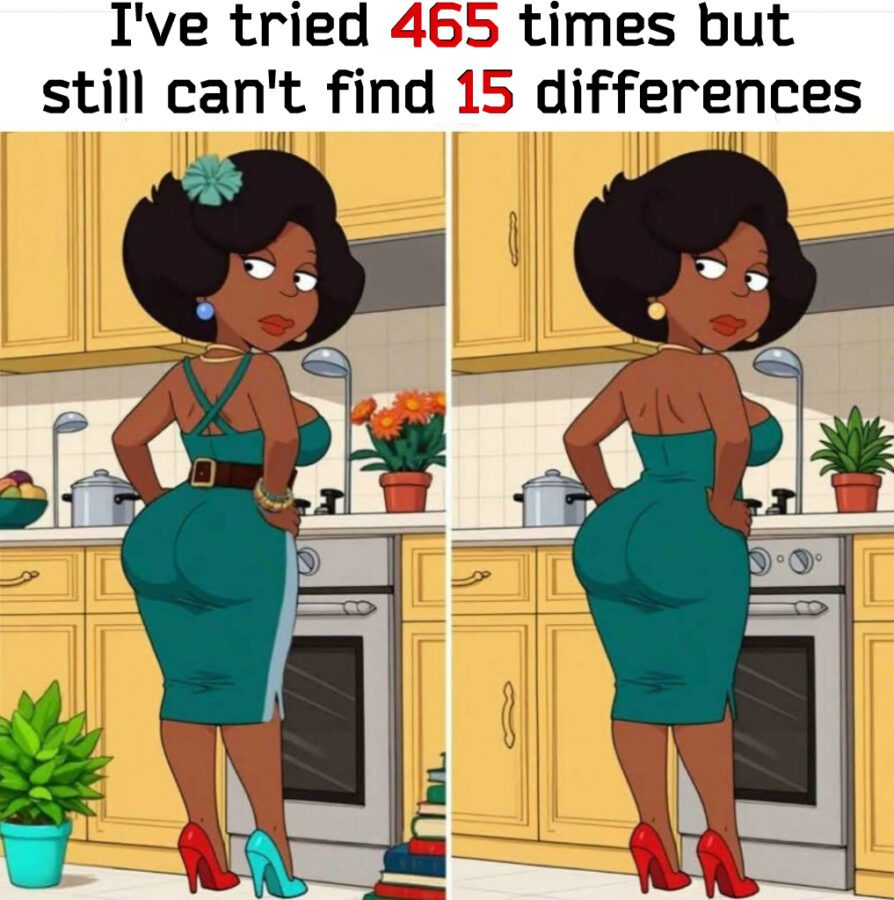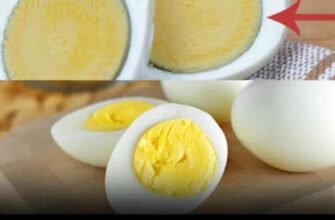Master Your Observation Skills: A Deep Dive into the 15-Difference Kitchen Puzzle
The Timeless Allure of Spot-the-Difference Games
Have you ever lost yourself in the hunt for the tiniest visual twist between two almost-identical scenes? Spot-the-difference puzzles captivate us because they blend simple gameplay with a satisfying mental workout. Our retro-chic kitchen puzzle features a stylish woman in green poised before her stove, beckoning you to uncover 15 cleverly hidden edits. Whether you’re a casual puzzler or a seasoned sleuth, this challenge will sharpen your focus, reward your persistence, and maybe even teach you a thing or two about careful observation.

Why Spot-the-Difference Boosts Your Brain
- Enhanced Attention to Detail: Scanning for color, shape, or placement changes trains your eyes to catch what most people miss.
- Improved Visual Memory: Tracking which sections you’ve already inspected strengthens short-term recall and reduces redundant searching.
- Stress Relief: Immerse yourself in the puzzle’s world and let everyday worries melt away as you zero in on that next elusive difference.
- Accessible Fun: No special knowledge required—just keen sight, a dash of patience, and perhaps a timer to race against.
Meet the Scene: A Stylish Chef in Her Kitchen
Take in the full panorama: warm yellow cabinets, tiled backsplash, a gleaming stainless-steel oven, and potted herbs on the countertop. The elegantly dressed lady, back to us in a teal dress and red heels, glances over her shoulder with an air of confidence. On the surface, both images look identical—but subtle tweaks lurk in every corner.
Systematic Strategy: How to Find All 15 Differences
-
- Divide Into Zones: Mentally partition the image into left, center, and right thirds, then top and bottom halves. Tackle one zone at a time to stay organized.
- Color-First Inspection: Scan for anything that suddenly turns blue, pink, or purple—flower heads, shoe hues, even a book spine in the background.
- Object Count Check: Count how many books, plants, or pot handles appear in each version. A missing vase or extra cookbook signals a difference.
- Shape and Placement Analysis: Look closely at straight lines—cabinet edges, tile grouts, shelf boundaries. Misaligned handles or shifted tile fixtures reveal sneaky edits.
- Mark as You Go: On paper, lightly circle each find. Digitally, jot a quick tally. This avoids wasted effort and keeps your search fresh.

15 Sneaky Swaps Revealed
Ready for confirmation? Here are the 15 differences hidden in the kitchen scene:- Flower Color Change: The potted daisy on the counter shifts from yellow petals to vibrant orange blooms.
- Herb Pot Swapped: The leftmost plant pot changes from red clay to glossy teal.
- Cabinet Knob Style: One door knob on the right becomes a sleek lever instead of a round knob.
- Backsplash Tile Missing: A single square tile behind the stove disappears entirely in the second image.
- Oven Dial Number: The oven’s temperature dial moves from “350” to “400” degrees.
- Cookbook Stack Height: Three books on the floor become four or shrink to two depending on the version.
- Book Spine Design: A zigzag pattern on the top book’s spine transforms into polka dots.
- Fruit Bowl Addition: The fruit bowl on the far right either appears brimming with apples or is completely absent.
- Shoe Switch: Her left high heel changes from bold red to striking turquoise.
- Necklace Pendant: The woman’s pendant necklace swaps from round pearl to a heart shape.
- Earring Color: Her single visible stud earring shifts from gold to sapphire blue.
- Wall Clock Position: A small clock tucked above the cabinets moves two inches to the left.
- Tiled Grout Line: A horizontal grout line in the backsplash shifts upward slightly.
- Towel Hook: A towel hook next to the sink vanishes—or reappears with a hand towel hanging.
- Shadow Angle: The lightfall shadow on the floor changes direction, hinting at a different time of day.
Each edit might be minute on its own, but together they form a robust challenge that keeps your brain buzzing.

Advanced Tips for Lightning-Fast Solving
- Use Peripheral Vision: Rather than staring directly, let your eyes soften and notice differences “pop” at the edge of your vision.
- Grayscale Squint: On a screen, drop the brightness or squint to turn the scene grayscale, stripping away distracting color and highlighting shape changes.
- Rotation Test: If you have a paper copy, twist it 15°—suddenly misaligned lines stand out more.
- Chunking: After identifying five differences, pause, review your method, then dive back in. Break the 15-item chase into three five-difference sprints.
Why Everyone Loves Spot-the-Difference
- Kids: Builds concentration, vocabulary (describing colors and shapes), and fine motor skills.
- Teens & Adults: Offers a quick digital detox and a sense of achievement in minutes.
- Seniors: Gentle cognitive stimulation supports clarity, memory, and mood—no strenuous effort required.

- Conclusion: Celebrate Your Visual Victory
Finding all 15 differences in this retro-styled kitchen scene isn’t just a test of eyesight—it’s a triumph of patience, strategy, and pure puzzle joy. By dividing the scene, marking each discovery, and deploying our advanced tips, you’ve honed your powers of observation and enjoyed the satisfying click of each “aha!” moment. Next time you see a “find the difference” challenge, lean in and relish the micro-adventures hiding between the lines. After all, in a world full of distractions, the skill to truly notice is golden. Happy spotting!
➕








